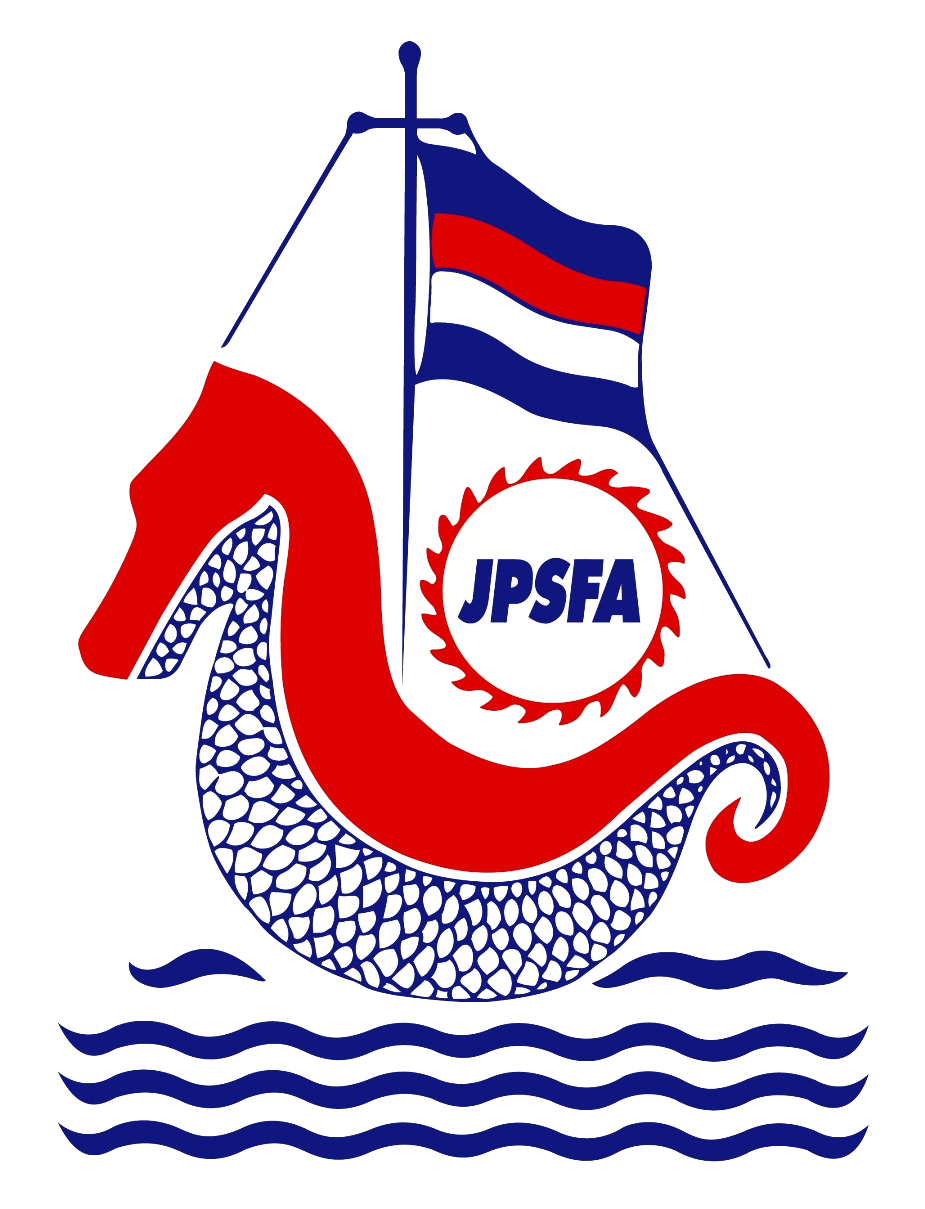President Biden announces new domestic steps to continue building supply chain resilience
President Biden has made resilient supply chains a top priority of his Administration since Day One. Today, the President is holding a Summit on Global Supply Chain Resilience with the European Union and 14 like-minded countries to foster greater international cooperation on near-term supply chain disruptions and chart a course to strengthen and diversify the entire supply chain ecosystem over the long term—from raw materials, intermediate and finished goods, manufacturing, to shipping, logistics, warehousing, and distribution. The President’s Summit builds on recent Biden-Harris Administration actions including the expansion of port operating hours on the U.S. west coast, the launching of an Early Warning System for potential disruptions in semiconductor manufacturing, including in Asia, and this week’s Department of Energy announcement establishing Li-Bridge — a new public-private alliance committed to accelerating development of a robust and secure domestic supply chain for lithium-based batteries. Today’s announcements build on the Biden-Harris Administration’s ongoing work under Executive Order (E.O.) 14017 to build resilient supply chains that the President issued in February.
Joining the President at the Summit are Leaders and representatives from Australia, Canada, Democratic Republic of the Congo, the European Union, Germany, India, Indonesia, Japan, Mexico, Italy, Republic of Korea, Netherlands, Singapore, Spain, and the United Kingdom. They will discuss how we tackle the immediate supply chain challenges from this unprecedented economic recovery and build long-term supply chain reliance for the future.
Today, the President also announced new domestic steps he will take to continue building supply chain resilience:
- Streamlined U.S. Stockpiling Efforts: The President will issue an Executive Order to streamline U.S. stockpiling efforts by delegating authority to the Department of Defense to make material releases from the National Defense Stockpile—allowing a speedier response to material shortfalls within the defense industrial base. This follows through on a recommendation made in Executive Order 14017 on America’s Supply Chains 100-day Report. The President will call for countries around the world to redouble their efforts to address shortfalls—especially those with national security concerns.
- Increased Funding for Trade Facilitation Activities to Cut Red Tape: The President announced increased funding for two important initiatives to promote international supply chain resilience among U.S. partners and allies. First, the State Department will allot additional funding to provide technical assistance to Mexico and Central America counterparts to alleviate supply chain disruptions and bottlenecks. Second, earlier this week at the U.S.-ASEAN Summit, the President announced millions in funding for new U.S.-ASEAN initiatives, which includes funding to link the ASEAN Single Window, a customs facilitation program, with the U.S. Single Window System. Both of these initiatives will improve and simplify customs and clearance procedures, reducing delays and encouraging sustainable and efficient supply chains.
- Future Multi-Stakeholder Summit: Recognizing that supply chains have many stakeholders—from private companies to workers and labor organizations to indigenous communities to academic institutions—Secretary of State Antony Blinken and Secretary of Commerce Gina Raimondo will hold a multi-stakeholder summit next year along with their foreign counterparts. The summit will be a follow-on dialogue to establish next steps among these parties to build greater global supply chain resilience.
Reference: https://www.whitehouse.gov/briefing-room/statements-releases/2021/10/31/fact-sheet-summit-on-global-supply-chain-resilience-to-address-near-term-bottlenecks-and-tackle-long-term-challenges/

